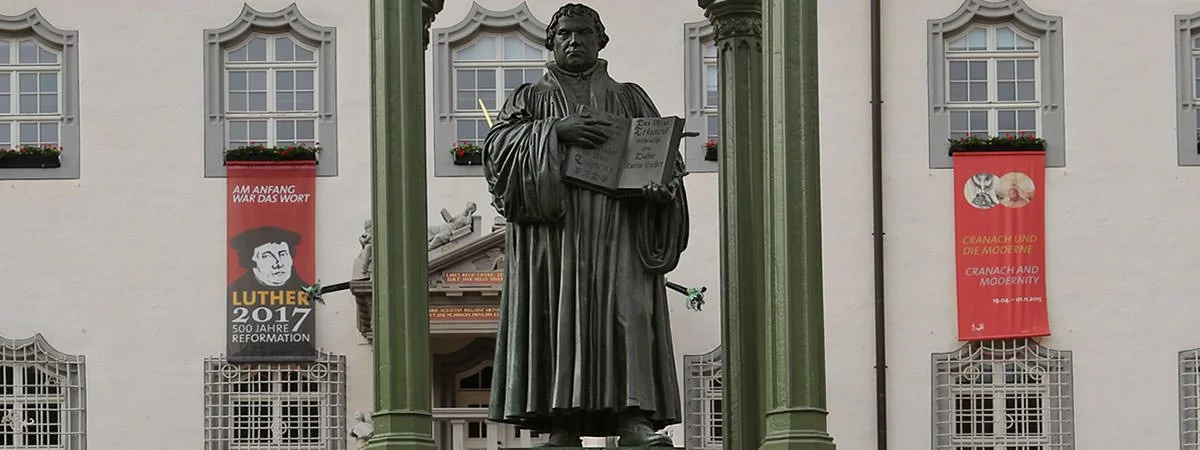Martin Luther was a German priest who played a leading role in the Protestant Reformation. Reformation was a 16th century religious and political movement in Europe which is regarded as one of the most influential events in the history of Western Christianity. Martin was the eldest son of Hans Luther and his wife Margarette. Hans had high ambitions from his eldest son but, due to a life-changing experience, Martin became a monk. As a priest, he noticed the growing corruption in the Roman Catholic Church which led him to raise his voice against it. He wrote the Ninety-five Theses; which were a scholarly objection to the ill practices of the church. They were quickly reprinted, translated and distributed throughout Germany and Europe giving rise to the Protestant Reformation. Due to this, Martin came in direct confrontation against the Catholic Church leading to his excommunication. However, the Reformation movement had already caught fire. Know more about the family, childhood, education, marriage, career and death of Martin Luther through his biography.
Birth And Family
Martin Luther was born on November 10, 1483 in Eisleben, County of Mansfeld in the Holy Roman Empire. Eisleben is located in modern-day Germany. His parents, Hans and Margarette Luther, were of peasant lineage. They were devout Christians and Martin was baptized the day after he was born, on the feast day of St. Martin of Tours. Martin probably had eight siblings, yet only one of his brothers (Jacob) and only three of his sisters survived to adulthood. Martin was particularly close to his brother Jacob.
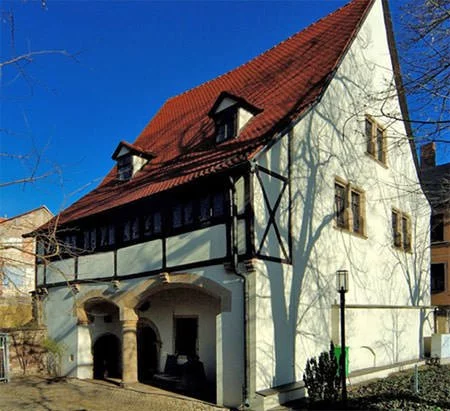
Hans Luther started out as a peasant but eventually became a miner. His success as a miner and ore smelter led to the Luther family moving in 1484 from Eisleben to nearby Mansfeld, where Hans held ore deposits. Hans Luther prospered in the local copper-refining business and became a town councilor of Mansfeld in 1492. Martin’s mother Margarette has been described as a hard-working woman even though Martin’s enemies later tried to debase her.
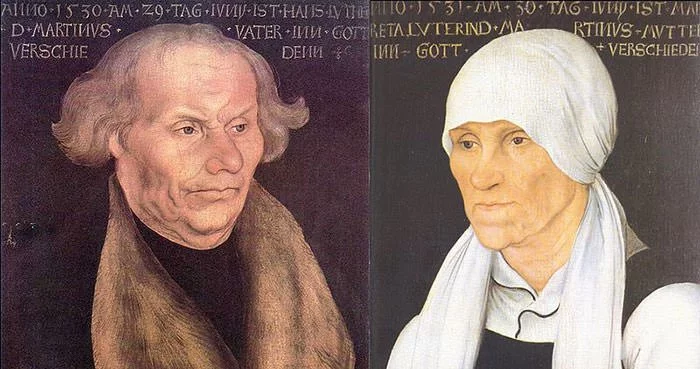
Education
Martin was the eldest son in the family and Hans Luther had high expectations from him. He began his education at a Latin school in Mansfeld in the spring of 1488. In 1497, he was sent to the nearby city of Magdeburg where he attended a school operated by the Brethren of the Common Life. Brethren of the Common Life was a Roman Catholic religious community which laid emphasis on personal piety and this had a lasting influence on Luther. In 1498, Martin returned to Eisleben, where he enrolled in his third school. The three schools where Martin studied primarily focused on grammar, rhetoric and logic.
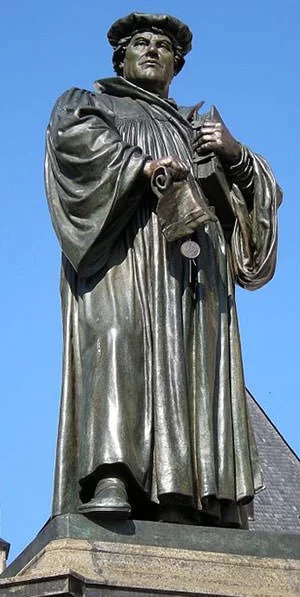
In 1501, at the age of 17, Martin Luther entered the University of Erfurt, which at the time was one of the most distinguished universities in Germany. The following year he received his B.A. at Erfurt and, in 1505, he was awarded the master’s degree. Martin found the rote learning at Erfurt tedious and he later described the institute as a beer-house. Martin was instead interested in luminaries like Aristotle, William of Ockham and Gabriel Biel. His favorite tutors, Bartholomaeus Arnoldi von Usingen and Jodocus Trutfetter, taught him that he shouldn’t blindly believe in anyone, not even the most acclaimed thinkers. Instead, he should choose to test things through the lens of his own experience.
Life Changing Experience
After graduating from the arts faculty, Martin was eligible to pursue one of the three “higher” disciplines: law, medicine or theology. As his father wanted him to be a lawyer, he enrolled to study law. However, he dropped out almost immediately as he thought a career as a lawyer was too uncertain. He was instead far more interested in spiritually gratifying pursuits like theology and philosophy. Even though he was drawn to philosophy on an intellectual level, Martin felt there was something missing. He felt that philosophy emphasized too much on reason and didn’t talk about loving God.
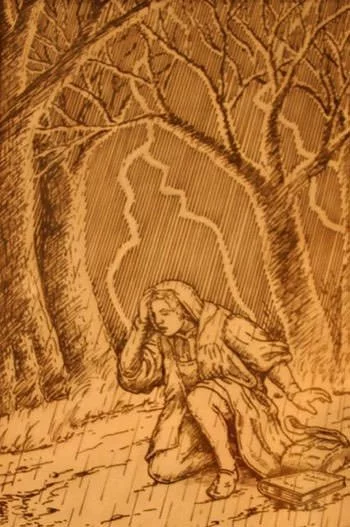
Around this time, an incident occurred that changed the course of Luther’s life. While riding back to university after a trip home, he was caught in a violent thunderstorm near the village of Stotternheim and was almost hit by lightning. The weather terrified him so much that Luther cried out to St. Anne, the patron saint of miners, “Save me, St. Anne, and I’ll become a monk!” When he was able to escape safely, Martin decided to make good on his promise. Many historians however believe that this incident was only a catalyst and the idea of becoming a monk had already been formulated in Luther’s mind. His decision infuriated his father who saw it as a waste of his good education. Nonetheless, Martin left the university, sold his books and entered St. Augustine’s Monastery in Erfurt on July 17, 1505.
Education In Theology
Luther devoted himself to the Augustinian order, spending long hours in prayer, pilgrimage, frequent confession and fasting. This was a time of spiritual struggle for him because although he put in long hours and sincere efforts as a monk, he was still in deep spiritual despair and had lost touch with Jesus Christ on a deep and spiritual level. Luther was ordained on April 3, 1507, thus beginning the study of theology at the University of Erfurt. He received a bachelor’s degree in Biblical studies on March 9, 1508, and another bachelor’s degree in the Sentences by Peter Lombard in 1509.
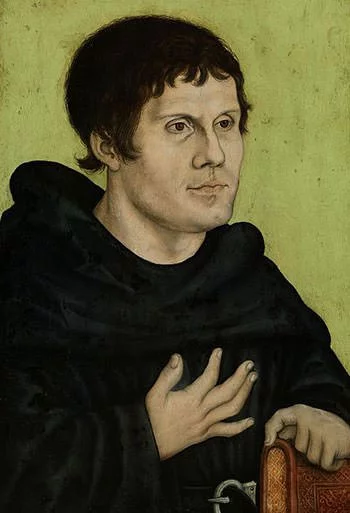
In 1510-11, Martin was sent to represent the German Augustinian monasteries at a Catholic church conference in Rome. This is indicative of his emerging role in the order. Martin was deeply disturbed at the immorality and corruption he witnessed in Rome among the Catholic priests. Moreover, he later wrote that this visit had a deeply negative impact on him as he found in Rome a lack of spirituality at the very heart of Western Christendom.
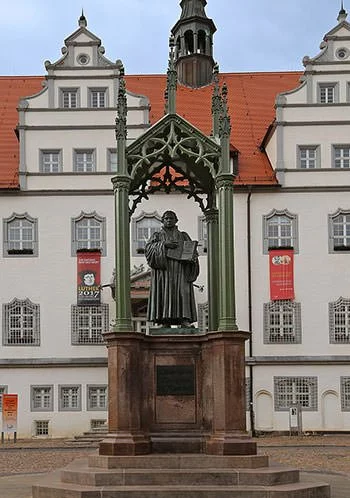
On October 19, 1512, Martin Luther was awarded his Doctor of Theology. Two days later, he became a part of the theological faculty at the University of Wittenberg. He spent the rest of his career in this position. In 1515, he also became the provincial vicar of Saxony and Thuringia. This meant that he had to oversee the 11 monasteries in his province.
95 Theses
In Roman Catholicism, an indulgence is “a way to reduce the amount of punishment one has to undergo for sins”. By the late Middle Ages, indulgences were being widely abused with the clergy using it as a tool through which they forgave people’s sins in exchange for money. It was in protest of this immoral and corrupt practice that Martin Luther began the Reformation Movement.
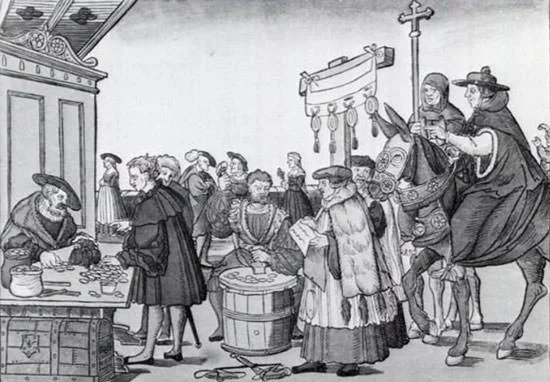
In 1516, Albrecht von Brandenburg, Archbishop of Mainz, who was deeply in debt, got permission from Pope Leo X to conduct the sale of a special plenary indulgence, which would grant remission of the temporal punishment of sin. In response to this, on 31st October 1517, Martin Luther wrote a letter to Albert of Brandenburg in which he enclosed a copy of his “Disputation of Martin Luther on the Power and Efficacy of Indulgences”, which later became famous as the Ninety-five Theses. This is considered as the start of the Protestant Reformation with October 31 being commemorated annually as Reformation Day. The Ninety-five Theses; which were a scholarly objection to the ill practices of the church; were quickly reprinted, translated and distributed throughout Germany and Europe.
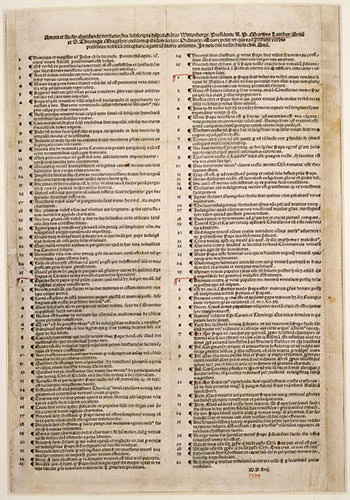
In October 1518, Martin was ordered to recant his 95 Theses by Cardinal Thomas Cajetan. However, he refused to do so unless scripture proved him wrong. In time, Martin also began preaching that justice was the fundamental doctrine of Christ. He denounced practices like penance and indulgences and preached that God was boundlessly merciful and that he loved and forgave those who believed in him. Moreover, in June and July, 1919, he publicly said that the Pope didn’t have the exclusive right to interpret the holy scriptures. This brought him into a state of direct confrontation with the papacy and the Catholic Church.
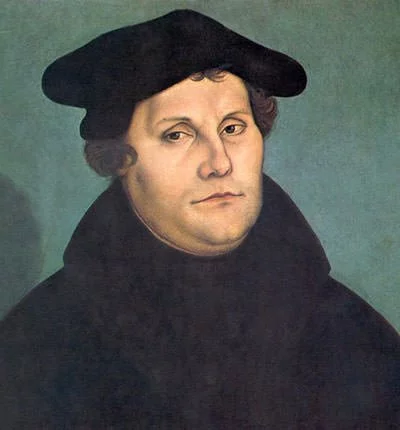
Excommunication
On June 15, 1520, Pope Leo X issued a public decree that warned Martin Luther that he risked excommunication unless he recanted 41 sentences drawn from his writings within 60 days. Luther, instead publicly set fire to the decree on December 10. Luther was thus excommunicated by the Pope on January 3, 1521. Then, on April 18, he appeared at a meeting of the Diet (assembly) of the Holy Roman Empire held at Worms, Germany. At the Diet of Worms, Luther was again asked to recant his writings. He, however, stressed that he would only be swayed by reason or if it was written otherwise in the holy scriptures. He concluded his testimony with the defiant statement: “Here I stand. God help me. I can do no other.”
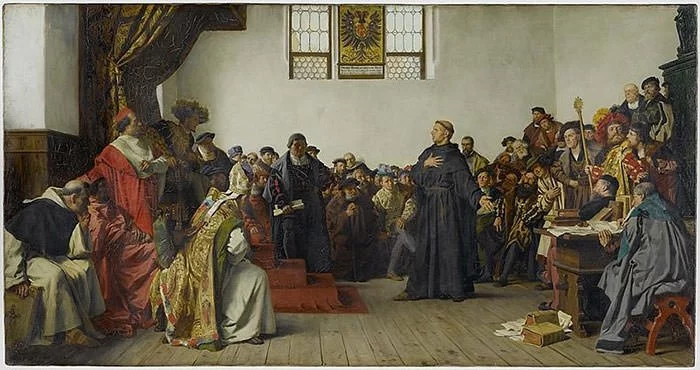
The situation was tense after Luther’s refusal to recant his writings and he hurriedly left Worms on April 26. On May 8, Charles V, the Holy Roman Emperor, drew up an edict against Luther and tried to convince the estates to support it. However, the estates feared that such a step would lead to a rebellion among the commoners and thus the Diet was then officially adjourned. However, on May 25, after being assured of the support of the few rulers who had remained in Worms, Charles V signed the edict against Martin Luther. This declared Luther and his followers as outlaws; and ordered his writings to be burned. Moreover, giving shelter or food to Luther was made a crime; and anyone was allowed to kill him without any legal consequence.
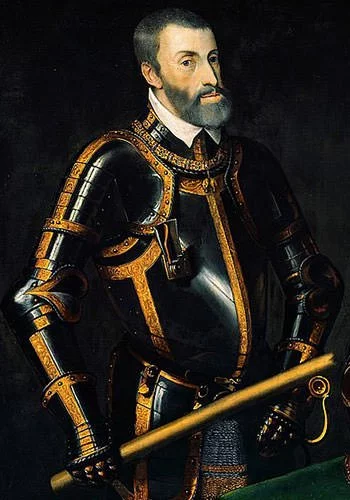
Frederick III, Elector of Saxony, who was a supporter of Luther, had him “kidnapped” on his way home. Luther was taken to the security of the Wartburg Castle at Eisenach. He stayed in hiding for 10 months. Only a few people knew where he was and most thought that he was dead. During his stay at the Wartburg Castle, Luther translated the New Testament from Greek into German, considered one of his most important accomplishments.
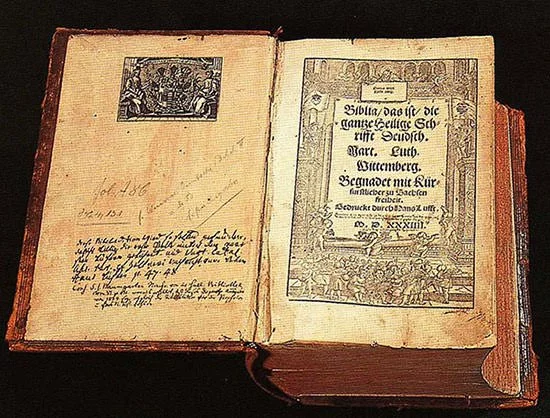
Attempts to suppress Luther and his followers by the Roman Catholic rulers proved unsuccessful and, within two years, it became evident that the movement for reform was very strong in certain regions. Luther returned to Wittenberg Castle Church, in Eisenach, in May 1522. This was a time when the Protestant Reformation had become more of a political struggle than a theological one. Moreover, various other reformers; including Thomas Müntzer, Huldrych Zwingli and Martin Bucer; had gathered mass followings putting forward a more radical vision of reform in church and society. Thus, post-1522, Luther became a somewhat less influential leader of the Protestant Reformation. However, he did have strong influence in Wittenberg where he controlled the course of reform.
Marriage And Death
On June 13, 1525, Martin Luther married Katharina von Bora, a former nun whom he had helped escape from the Nimbschen Cistercian convent in April 1523. At the time of the marriage, Luther was 41 and Katharina was 26 years old. The couple had six children; namely Margarete, Magdalena, Paul, Elisabeth, Hans and Martin. In addition to their own children, the couple also raised four orphans, including Katharina’s nephew, Fabian.
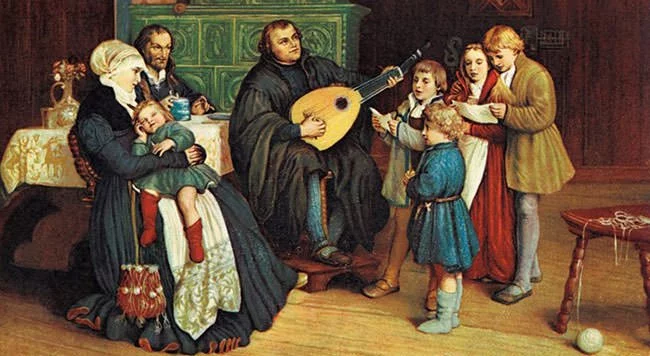
The marriage of Martin Luther caused a huge scandal among Catholics and, at the same time, enabled other clergy in the Lutheran churches to get married. Katharina was, in many ways, an equal partner for Luther helping him manage his finances and participating in scholarly gatherings Luther held at their home. Luther even named her his sole heir, which was extremely unusual at the time.
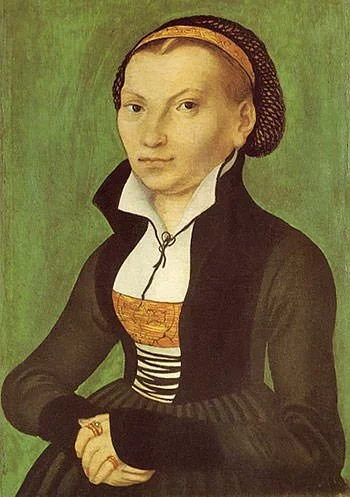
Luther had suffered from ill health like vertigo, cataract, fainting and tinnitus for many years. In 1536, he began suffering from arthritis, ear infection and kidney stones. As his health deteriorated, his writings became harsher. He gave his last sermon at his place of birth, Eisleben. He died three days later on February 18, 1546 at Eisleben. He was 62 years old. Luther was buried in All Saints’ Church in Wittenberg.
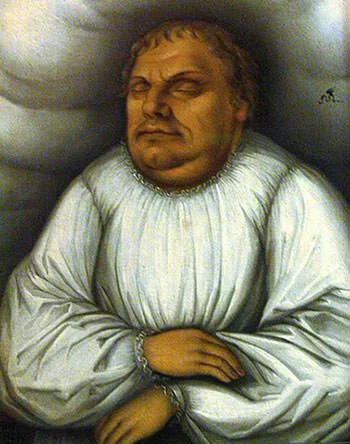
The Protestant Reformation resulted in the division of Western Christendom between Roman Catholicism and the new Protestant traditions. Today Protestantism is the second largest form of Christianity with collectively between 800 million and more than 900 million adherents worldwide or nearly 40% of all Christians. As Martin Luther was the catalyst of the Protestant Reformation, he is widely regarded as one of the most influential figures in the history of Christianity.

